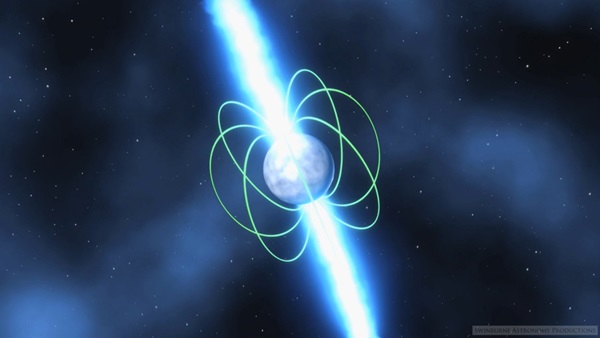Key Takeaways:
In 1967, Antony Hewish’s graduate student Jocelyn Bell came upon a surprising signal in the radio data she was studying: Radio pulses were coming every 1.3 seconds from a fixed location in the sky. The discovery was so surprising that Hewish and Bell even privately considered the idea that the signal was from aliens. After they found more radio pulses, though, they realized they had come upon a new type of object, now aptly called pulsars.
Pulsars are rapidly spinning neutron stars, the dense stellar remnants left behind after supernova explosions. And as more scientists have studied these peculiar objects over the past two decades, they’re realizing not all are like the ones Hewish and Bell uncovered. In “Explore the pulsar menagerie,” expert Victoria M. Kaspi reveals the various subclasses of these neutron stars and how such discoveries are forcing astrophysicists to rewrite the textbook on stellar remnants.










